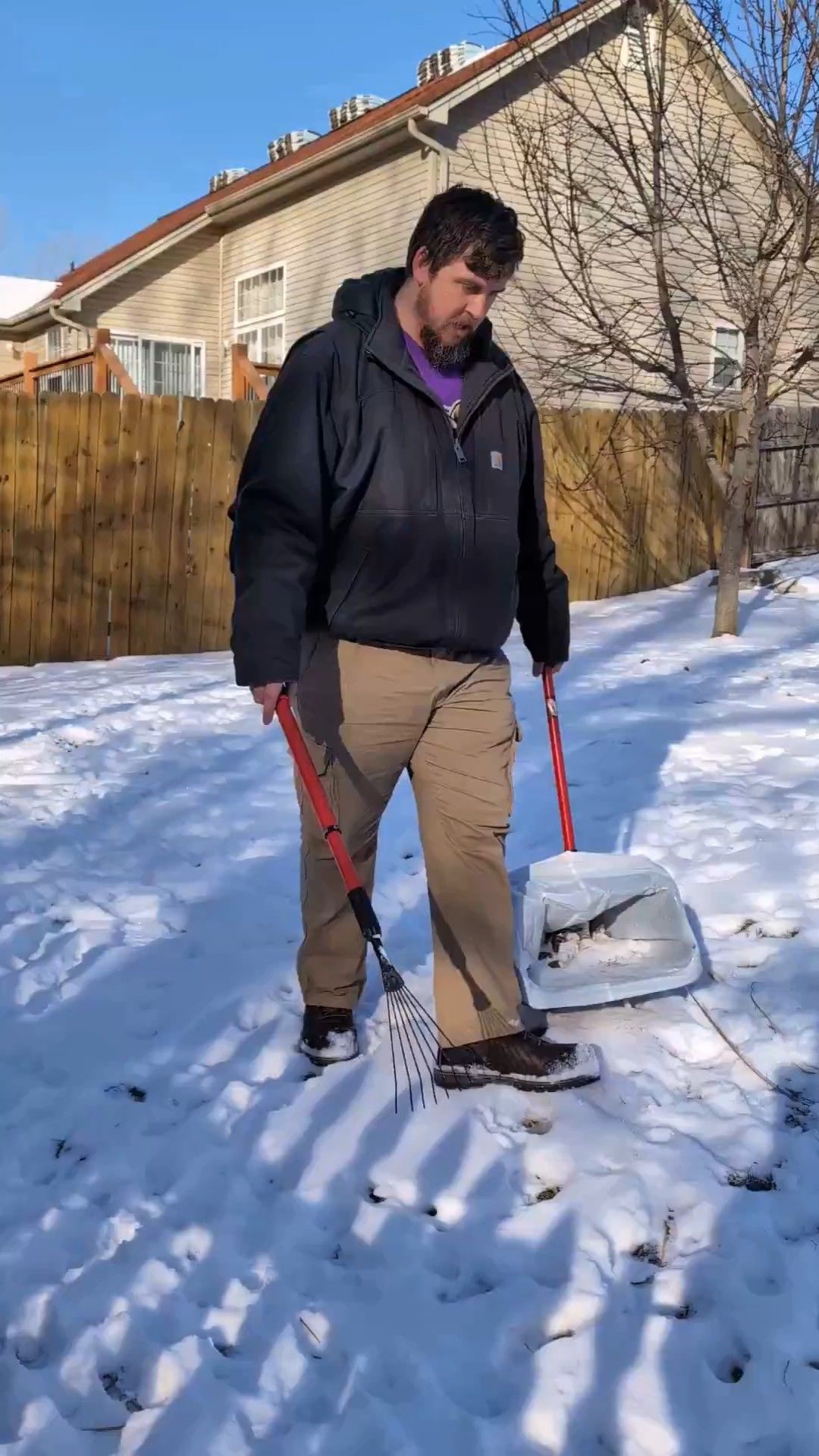Freezing temperatures don’t kill those germs — they mostly go dormant. Once the waste thaws, the bacteria reactivate and spread through melting snow and puddles.
So yes — dog poop in cold weather can literally affect the air you breathe.
🪱 Parasites Survive the Freeze, Too
Bacteria aren’t the only concern. Dog poop in cold weather is also a perfect hiding spot for parasite eggs. Roundworms (Toxocara spp.), hookworms, whipworms, and microscopic protozoa like Giardia can all linger long after the poop itself disappears.
So even when it’s freezing outside, the tiny troublemakers in your yard are still alive and well.
🌊 When It Melts, It Pollutes
In fact, the EPA estimates that waste from just 100 dogs for a few days can contain enough bacteria to close an entire bay to swimming and shellfishing.
And because dog diets are protein-rich, their waste contains more nutrients than wildlife droppings — meaning it “fertilizes” algae blooms, not lawns.
Doggy Doods Reminder: Dog poop is not free fertilizer. It burns grass, damages soil, and harms the environment.
🧤 How to Handle Dog Poop in Cold Weather
Here’s how to stay ahead of it when the thermometer drops:
Scoop quickly. The sooner you grab it, the less likely it is to freeze to the ground.
Keep a schedule. Even in winter, aim for weekly yard checks (or more often if you’ve got a pack).
Use winter-friendly tools. A metal scooper or small shovel works great on frozen ground.
Watch hidden spots. Snow piles and leaf beds trap waste. Check those areas first once the thaw starts.
💡 Why It Matters Year-Round
The CDC, EPA, and AVMA all agree: picking up after your dog is a year-round responsibility. Cold air might mask the smell, but it doesn’t make the waste disappear. Dog poop in cold weather still carries everything it does in July — bacteria, parasites, and pollution — just in hibernation.
When spring arrives, all that hidden waste thaws out, runs off, and spreads contamination. Cleaning up now prevents bigger problems later — fewer germs, healthier pets, cleaner water, and a fresher yard.
And if winter scooping isn’t your thing? No worries — that’s literally what we’re here for. At Doggy Doods, we handle dog poop in cold weather (and every other kind) so you don’t have to. You stay cozy; we’ll keep your yard spotless.
Read Next
 Cold Weather Slows Decay — But Not the Danger
Cold Weather Slows Decay — But Not the Danger
 Bacteria Don’t Freeze to Death
Bacteria Don’t Freeze to Death